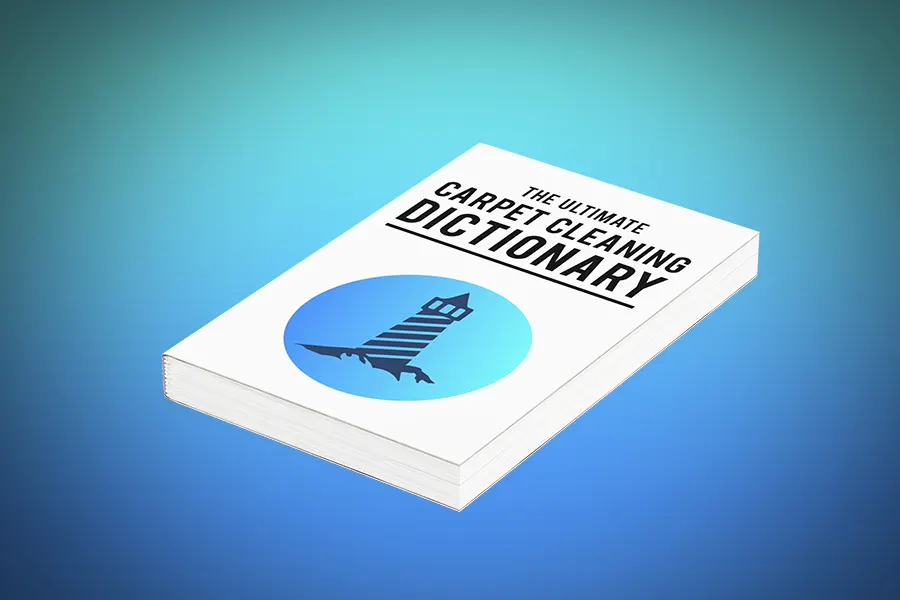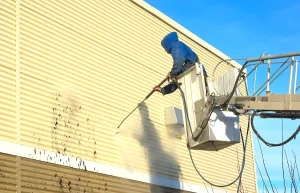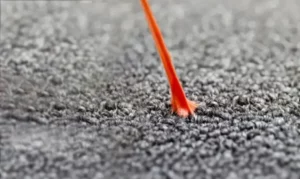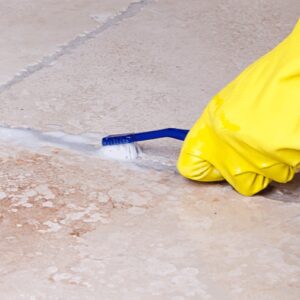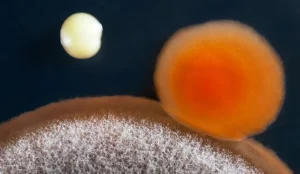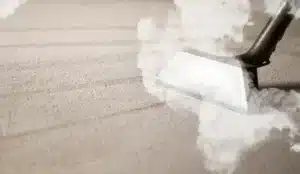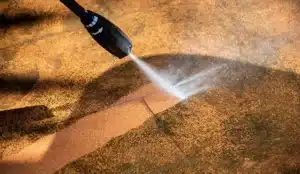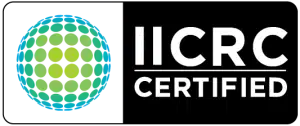The Ultimate Carpet Cleaning Terms Dictionary is a guide for those with confusion and questions. Imagine stepping into the world of carpet cleaning and feeling like you’ve landed in a foreign land with an unfamiliar language. Don’t worry—every cleaning professional started where you are now, and this glossary is your pocket guide to mastering the carpet cleaning lingo. From “extraction” to “pretreatment,” we’ll demystify the terms you might hear from your carpet cleaners. By mastering these terms, you’ll not only be able to ask the right questions but also understand the wizardry that goes into restoring your carpets to their former glory. It’s time to unroll the knowledge and welcome yourself to the satisfying world of carpet care. Let’s get started with the Ultimate Carpet Cleaning Terms Dictionary:
Here is a list of common carpet cleaning terms in alphabetical order:
- Absorbent compound: A cleaning material, often made of powder or crystal enzymes like Oxy-Enzyme, that absorbs dirt and stains from carpets.
- Agitation: The process of using a brush or other mechanical means to loosen dirt and debris from carpet fibers.
- Bonnet cleaning: A carpet cleaning method that involves using a big rotary floor machine with a bonnet (scrubbing) pad to agitate and absorb dirt from the carpet surface. The bonnet scrubbing machine method of cleaning agitates and encapsulates dirt making the surface extremely bright and clean.
- Carpet extractor: A machine used to inject cleaning solution into the carpet and then extract it along with dirt and stains.
- Carpet pile or Piling: The visible surface of the carpet that is deformed into yarn tufts. The fibers become entangled and form a fuzzy ball, or “pill”. Pilling can simply break off or be removed by a vacuum. Pilling is usually found in polyester carpets, and sometimes in nylon carpets.
- Carpet shampooing: A common term used by customers who aren’t sure what to call carpet cleaning or steam cleaning method. Carpet shampooing isn’t actually a thing. When techs hear customers say “Shampoo my carpets” you may notice them smile or laugh a little.
- Chemdry – Hot Carbonating Extraction (HCE): ChemDry or Chem-Dry primarily employs a Hot Carbonating Extraction cleaning method. This involves using a carbonated cleaning solution that is heated and then applied to the carpet or upholstery. The carbonation helps to lift dirt and stains to the surface for easy extraction.
- Low-Moisture Cleaning (LMC): Unlike traditional steam cleaning methods that use a significant amount of water, Chem-Dry’s process is designed to use less moisture. This results in quicker drying times, typically within a few hours as opposed to a day or more with traditional steam cleaning.
- Natural Cleaning Solutions (NCS): Chem-Dry emphasizes the use of green and natural cleaning solutions that are safe for both people and pets. The cleaning products are designed to be environmentally friendly and leave behind minimal residues.
- Efficient Stain Removal: The carbonated cleaning solution is effective in breaking down and lifting stains from the carpet or upholstery fibers. This can include common stains like pet stains, coffee spills, and more.
- Chemical – Usually referring to either an ammonia-based degreaser, hydrogen peroxide-based, or even a liquid / powdered enzyme used to clean carpet fibers. Learn more about different kinds of carpet cleaning chemicals.
- Dry cleaning: A carpet cleaning method that uses minimal moisture and specialized chemical cleaning agents. May also be referred to as chem-dry.
- Fiber identification: Determining the type of carpet fiber to choose the appropriate cleaning method.
- Hot water extraction: The industry-standard cleaning method used by professionals, sometimes referred to as steam cleaning. This carpet cleaning method uses hot water and a cleaning solution to extract dirt from carpets.
- IIRC – IIRC is a special certification agency that provides CCT Certification which immediately identifies the Cleaning, Restoration, and Inspection Industry’s highly skilled and dedicated technicians. If you see IIRC this means the technician has been specially trained and tested for carpet and textile cleaning.
- pH balance: The measurement of the acidity or alkalinity of a cleaning solution.
- Pretreat or Preconditioning: Applying a cleaning solution to the carpet before the actual cleaning process to break down and loosen dirt.
- Spot cleaning or spot it: Removing individual stains or spots from the carpet.
- Stain resistance: A feature of some carpets or treatments that repels stains and makes cleaning easier.
- Steam cleaning: A cleaning process that uses hot water extraction to remove annoying dirt and stains from carpets. You may be surprised to learn that the steam doesn’t actually do the cleaning; The cleaning happens when high-pressured hot water blasts the dirt off of the surface of the carpet fibers.
- Traffic lanes: Areas of the carpet that receive the most foot traffic and may require more frequent cleaning. Sometimes referred to as traffic areas or high-traffic areas.
- Upholstery cleaning: Cleaning furniture fabrics and upholstery.
- Vacuuming: The process of using a powerful vacuum cleaner to remove loose dirt and debris from carpets.
- Water Extraction or Emergency Water Extraction: The process of removing unwanted bodies or spills of water from a residential or commercial space. This can be from a pipe burst or even an overflown toilet. Learn more about emergency water extraction services.
- Wicking: The reappearance of stains on the carpet surface after cleaning, caused by moisture pulling up remaining dirt from the backing or padding. Learn more about how carpet wicking occurs.
Thanks for reading the Ultimate Carpet Cleaning Terms Dictionary. If you have any suggestions or questions you would like answered feel free to use our carpet cleaning contact form to get in touch.

